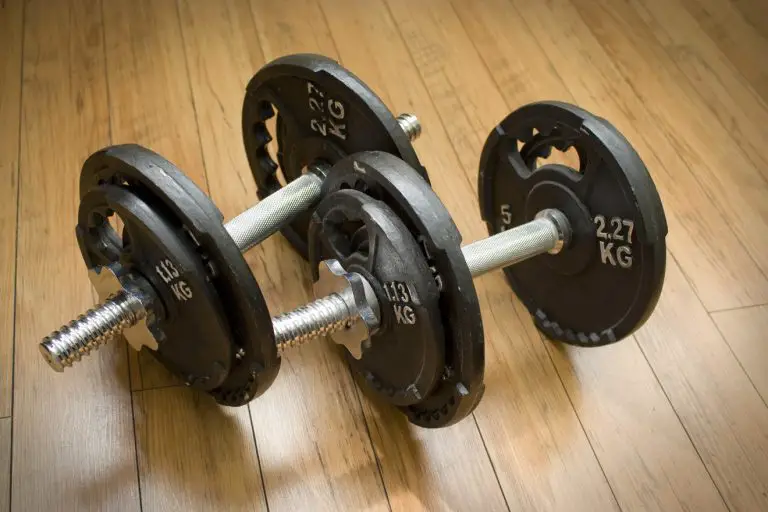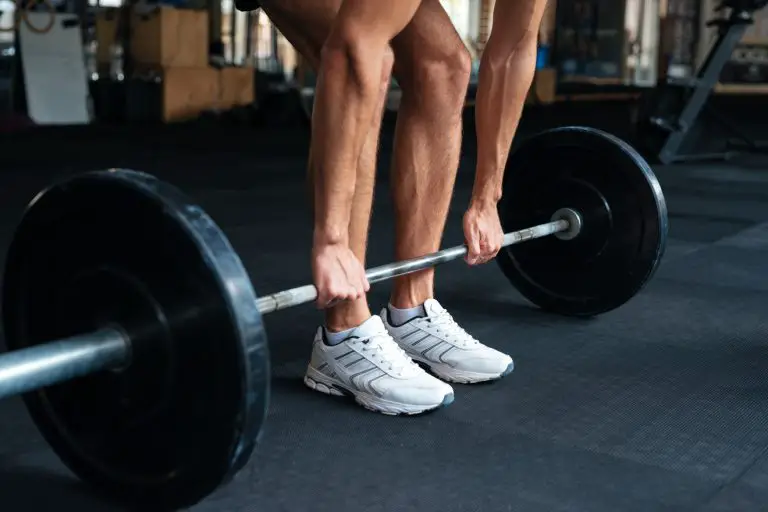Cardio hacks to boost lung power and endurance
Key Takeaways
- Cardio workouts are essential for improving lung capacity, oxygen efficiency, and overall stamina.
- Gradually increase workout intensity to build endurance safely.
- Master breathing techniques to optimize your cardio performance.
- Incorporate variety in your cardio routine to challenge your lungs and prevent plateaus.
- Stay hydrated and eat a balanced diet to support your lung health.
Cardio enthusiasts know the exhilaration of a good workout—the rhythmic pounding of your heart, the steady pace of your breath, and the satisfying burn of pushing your limits. But have you ever thought about how your lungs contribute to your performance?
Healthy lungs are vital for sustaining energy during exercise and enhancing endurance. In this article, we’ll explore how cardio workouts can boost lung health and share practical tips to maximize your breathing efficiency. We’ll also touch on when it’s essential to seek professional advice for respiratory concerns.
How Cardio Workouts Benefit Lung Health
1. Improved Lung Capacity
Cardio exercises, like running, cycling, or swimming, challenge your lungs to work harder, improving their capacity to take in and utilize oxygen. Over time, this can lead to better oxygen exchange efficiency and a reduced feeling of breathlessness during workouts.
2. Strengthened Respiratory Muscles
Regular aerobic exercise strengthens the diaphragm and intercostal muscles (the muscles between your ribs). These muscles play a critical role in expanding your lungs, allowing you to take deeper breaths and extract more oxygen.
3. Enhanced Circulation
Cardio not only improves lung function but also boosts your cardiovascular system. With better blood flow, oxygen is transported more efficiently to your muscles, reducing fatigue and enhancing performance.
Practical Tips to Maximize Your Cardio Performance
Mix Up Your Cardio Routine
Engage in a variety of cardio activities to keep your workouts interesting and challenge your lungs in new ways. Alternate between running, cycling, swimming, or high-intensity interval training (HIIT). Different exercises engage your respiratory system uniquely, building strength and endurance.
Focus on Interval Training
Incorporating interval training—short bursts of high-intensity effort followed by recovery—is one of the most effective ways to improve lung efficiency. For instance, sprint for 20 seconds, then jog or walk for 40 seconds. Repeat this cycle for 10 to 15 minutes to build endurance and train your lungs to recover quickly.
Master Breathing Techniques
Effective breathing can significantly enhance your cardio performance. Try these techniques:
- Diaphragmatic Breathing: Engage your diaphragm to take deeper, more efficient breaths. Practice by lying down and placing a hand on your stomach, ensuring it rises and falls with each breath.
- Paced Breathing: Synchronize your breathing with your movements. For example, while running, inhale for three steps and exhale for two steps. This technique helps maintain a steady oxygen flow to your muscles.
Track Your Progress
Use a fitness tracker or app to monitor your heart rate and VO2 max (a measure of oxygen utilization). Tracking these metrics can help you understand how your lungs and cardiovascular system improve over time.
Warm-Up and Cool Down Properly
Start each cardio session with a dynamic warm-up to prepare your lungs and muscles for the workout ahead. End with a cool-down period that includes deep breathing exercises to help your lungs recover and relax.
Stay Consistent
Consistency is key to seeing improvements in your lung health. Aim for at least 150 minutes of moderate-intensity or 75 minutes of high-intensity cardio exercise each week, as recommended by health experts.
Supporting Your Lungs Beyond Cardio
Nutrition for Respiratory Health
Fuel your workouts with a diet rich in antioxidants and anti-inflammatory foods. Leafy greens, berries, and nuts can help reduce inflammation in your respiratory system. Omega-3 fatty acids from fish or flaxseeds also support lung function.
Stay Hydrated
Hydration is critical for maintaining clear airways and optimizing oxygen exchange. Drink water before, during, and after your workout, especially in warm or dry conditions.
Recovery Matters
Rest days are just as important as workout days. Use them to practice deep breathing or meditation to relax your respiratory muscles and support overall recovery.
Conclusion
Cardio workouts are a fantastic way to strengthen your lungs and improve overall fitness. By mixing up your routine, practicing proper breathing techniques, and staying consistent, you can enhance your endurance and maximize your performance. Remember to support your efforts with good nutrition, hydration, and recovery practices. Take care of your lungs, and they’ll power you through every step, pedal, or lap.







